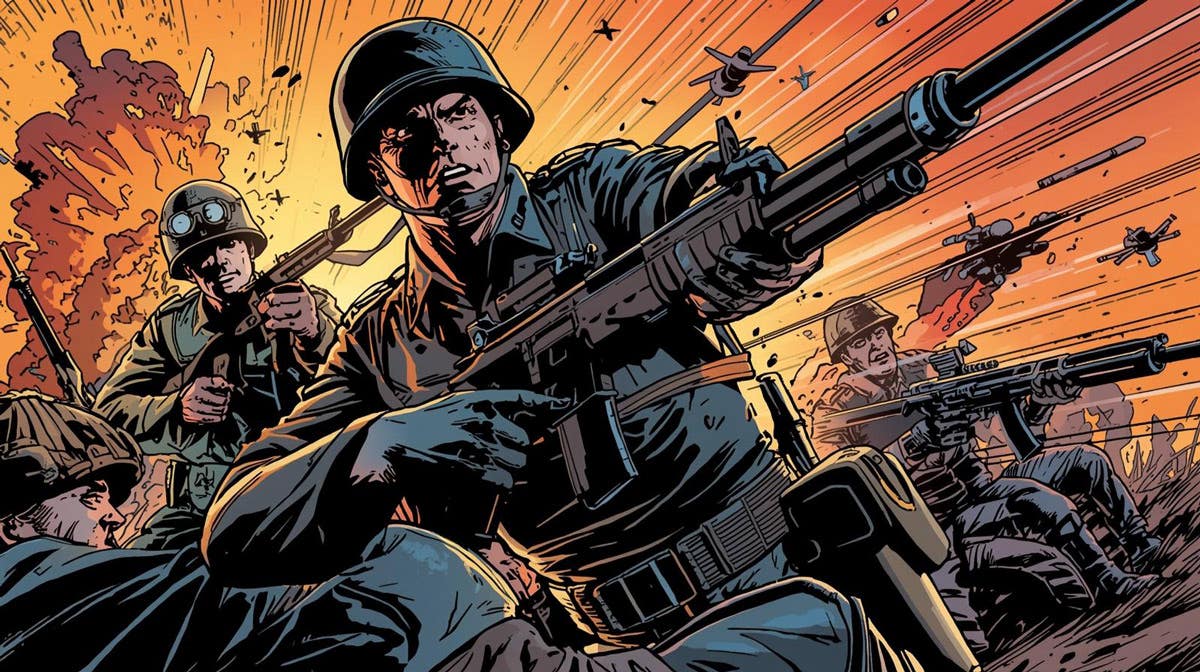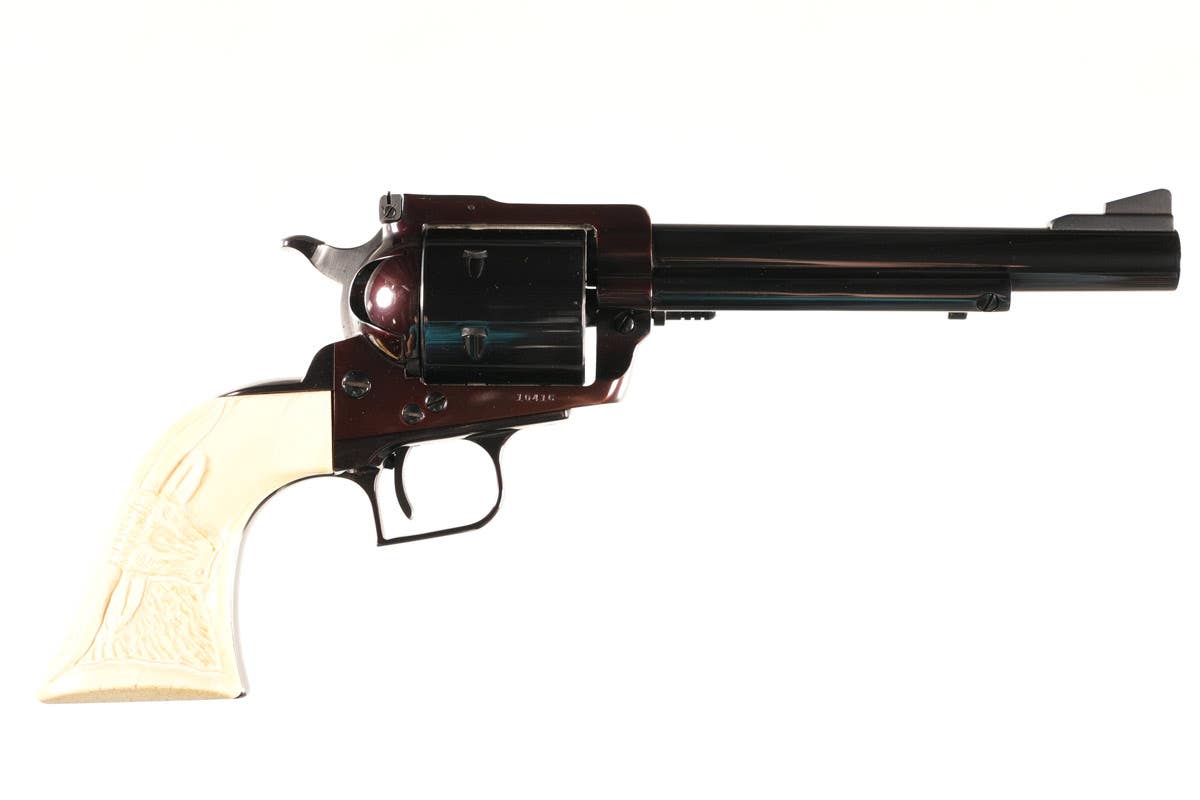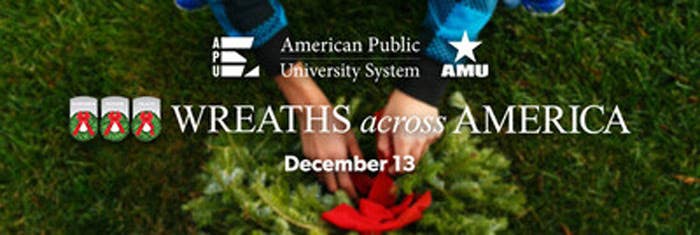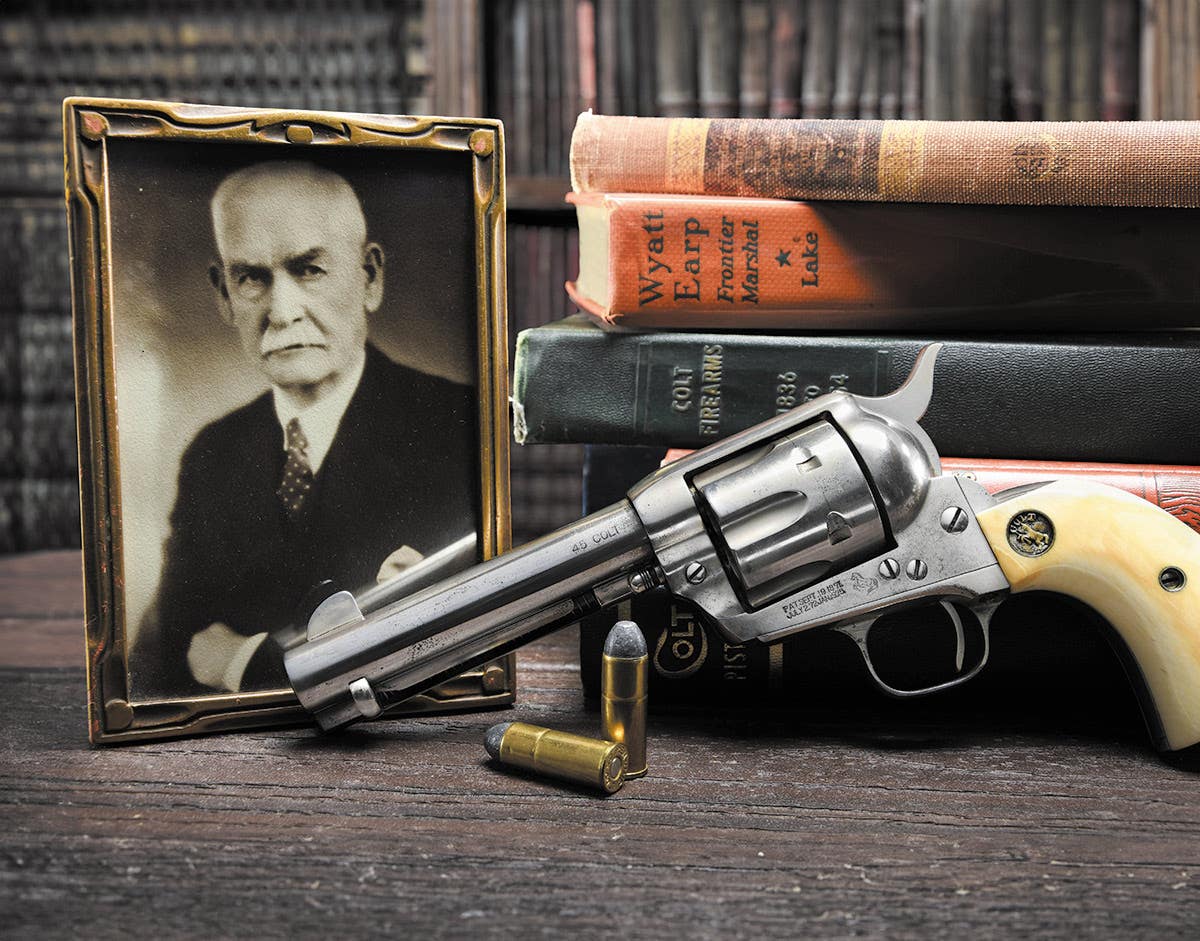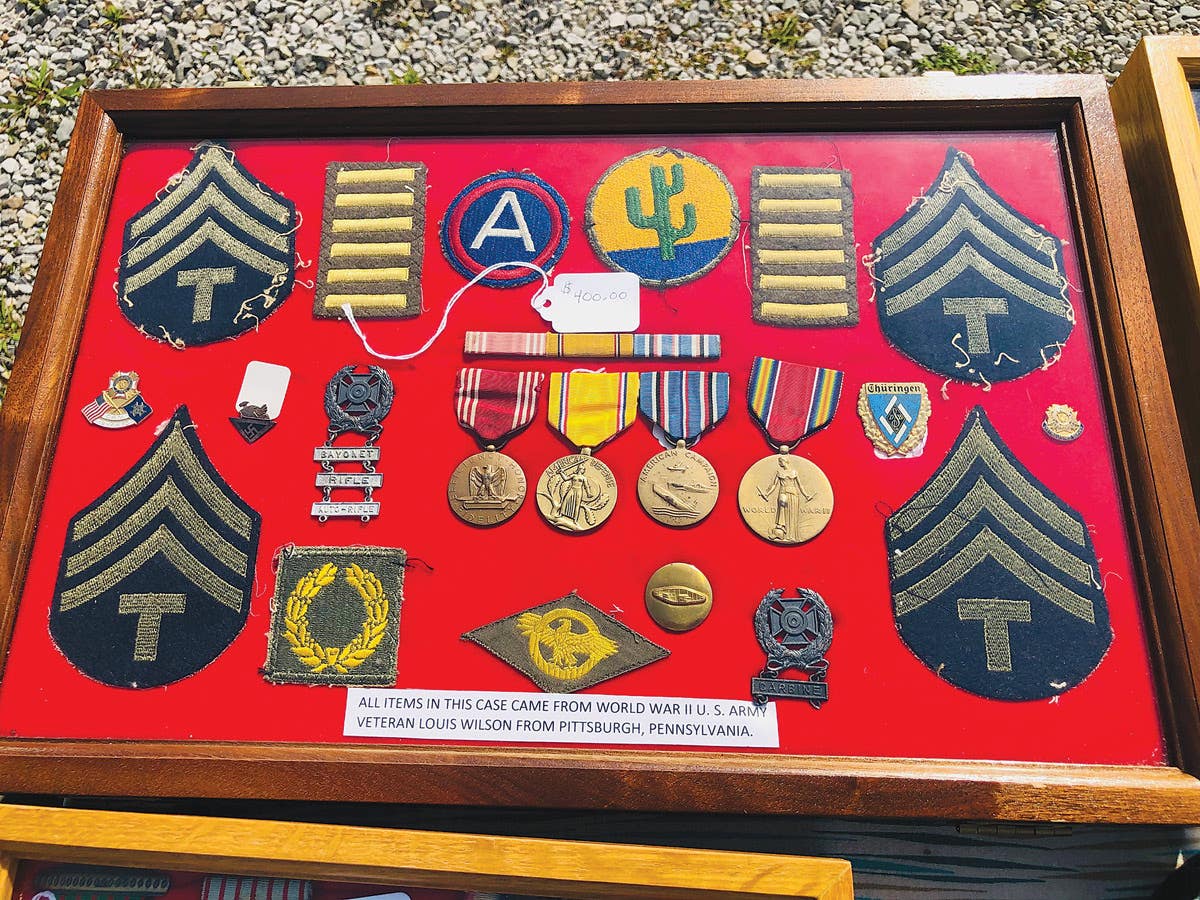Military Collecting Books in Brief
Eagle Globe, and Anchor Emblem 1860-1963 by Timothy Klie and Suppliers to the Confederacy: More British Imported Arms and Accoutrements, by Craig L. Barry and David C. Burt
United States Marine Corps Eagle, Globe, and Anchor Emblem: 1868-1963 Pictorial Guide, by Timothy F. Klie (ISBN 978-1932970302; R. James Bender Publishing, P.O. Box 23456, San Jose, CA 95153; 408.225.5777; order@bender-publishing.com; www.bender-publishing.com. Hardcover, 352 pages, 8-1/2” x 11”, 2,300 photos mostly in color, 2016, $79.95)
Sooner or later, any collector of militaria is going to run into a USMC eagle, globe, and anchor (“EGA”) insignia. Whether it is a rare 1868 pattern or a more recent 1955 pattern insignia is a matter of nuances that has been difficult to master for all but a select group of expert collectors – until now. This new book on the EGA has been long-awaited and is a welcome addition to Marine literature. The author takes the reader on a historical adventure from the first emblems in 1868 through all the changes in regulations and styles. It is richly illustrated with 2,300 color photosof original pieces plus stunning period portraits of the EGA in wear.
Klie makes it easy to identify and evaluate the various changes to the insignia. Inaddition, he illustrates the variations of emblems (front and back) designed by makers such as N.S. Meyer, Vanguard, Officers Equipment Co., and many more who supplied the Corps. The rich detail, even down to the various attachment devices through the decades, are presented in a well researched, easy to follow guide.
Crucial to advancing the hobby, Klie has included photos of fake and fraudulent pieces along side photos of original examples. This will enable the reader to study the differences to immediately recognize a potentially bad piece.
This volume has established itself as the “new standard” on the subject. It reads well; has engaging, colorful design; and is easy to use as a “quick-reference check” when handling a cap, collar, and epaulet EGAs for officers and enlisted men. By establishing a baseline for identification, classification, and evaluation, Klie has created the “next-generation” study of the EGA that collectors will use as the standard for decades to come. – JAG
Suppliers to the Confederacy: More British Imported Arms and Accoutrements, by Craig L. Barry and David C. Burt (ISBN 978-0764350764, Schiffer Publishing, 4880 Lower Valley Road, Atglen, PA 19310; 610-593-1777; www.schifferbooks.com. Hardcover, 6.4” x 9.2”, 304 pages, 347 color and black-and-white images, 2016, $39.99)
For the past 20 years, Craig L. Barry and David C. Burt have studied British companies aided the Confederate states during the American Civil War. Separately, they started to research the various firms involved, the arms, equipage, and uniforms supplied by these companies. David published his first book, Major Caleb Huse C.S.A. & S Isaac Campbell & Co in March 2009. After the publication of this book, David and Craig, author of The Civil War Musket: A Handbook for Historical Accuracy - Lock, Stock and Barrel and Editor of the Watchdog magazine, got together to write their first joint title: The Civil War Musket: J.E. Barnett & Sons.
The pair then wrote the first in the Supplier series: Supplier to the Confederacy; S, Isaac Campbell & Co, London, a major reworking of David’s original book, with Supplier to the Confederacy: Peter Tait & Co Limerick being the third book the pair have co-written together and the second in the Supplier series.
In November 2011, David and Craig achieved a major breakthrough when they signed with Schiffer Books of Atglen, Pennsylvania, to publish their third book in the “Supplier” Series entitled “Suppliers to the Confederacy: British Imported Arms and Accoutrements. The title explores all the major gun makers from London and Birmingham, as well as details of all the accoutrements that were sent to the Confederacy alongside the famed P1853 Enfield rifle musket.
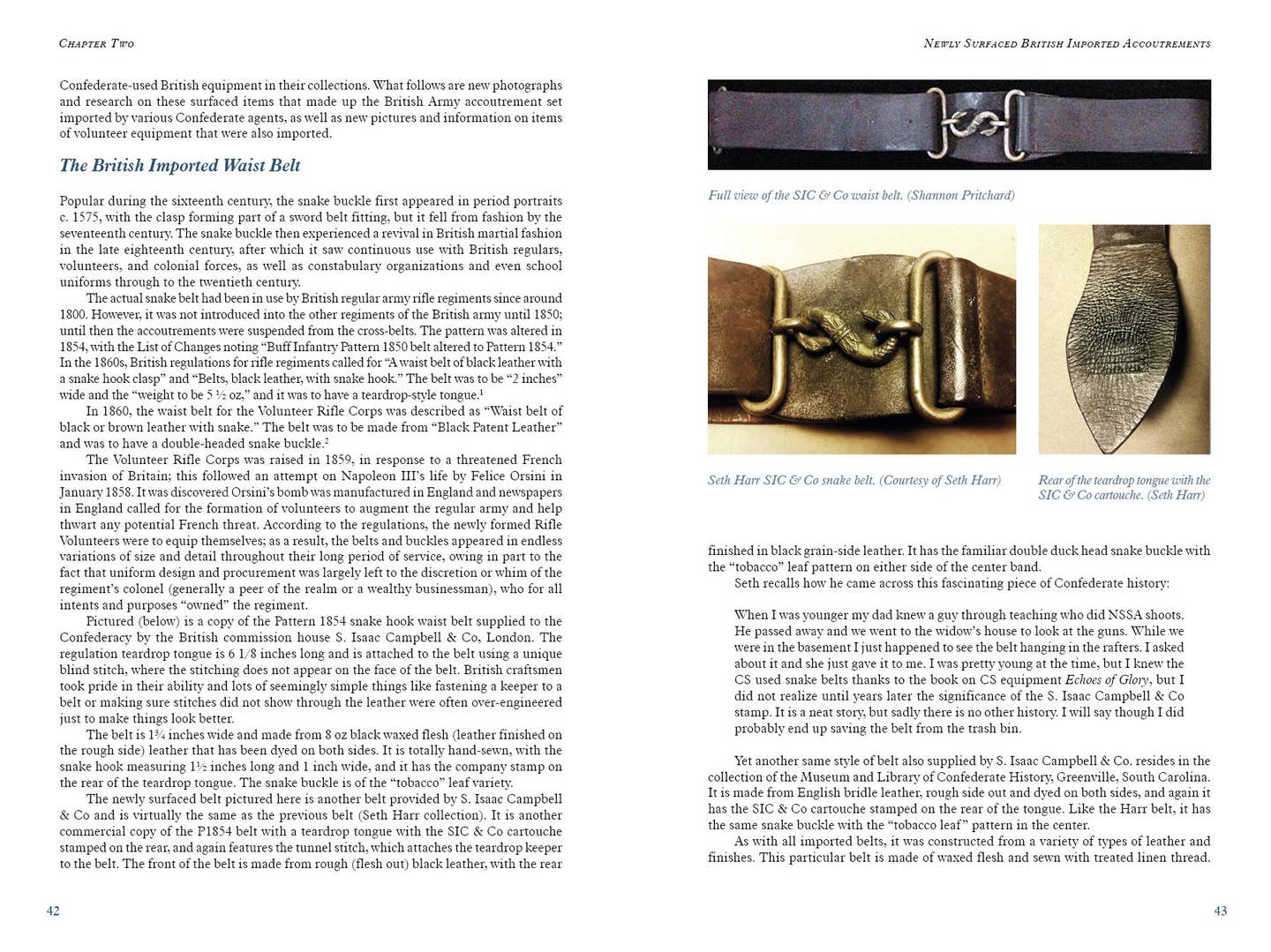


Now, Suppliers to the Confederacy Volume II continues the extensive research into the needs, why, and how the Confederacy survived for four years against overwhelming odds. It delves in to what was obtained from Britain for war needsas well as the behind-the-scenes details in transactions and who was involved. Documentation, item description, and photographs were acquired from resources in both Britain and the United States.
This series is an indispensable resource about the lifeline of the Confederacy and the collection should be including in any Civil War collector’s library. A word of warning, however: The subject and depth of research will enticed you to read this book, but the print is small as are the photos. Regardless, this is a major contribution to the field of Civil War collecting. Put on your reading glasses and settle back to enjoy the sharp learning curve! – JAG
You may also like:
*As an Amazon Associate, Military Trader / Military Vehicles earns from qualifying purchases.
John Adams-Graf ("JAG" to most) is the editor of Military Trader and Military Vehicles Magazine. He has been a military collector for his entire life. The son of a WWII veteran, his writings carry many lessons from the Greatest Generation. JAG has authored several books, including multiple editions of Warman's WWII Collectibles, Civil War Collectibles, and the Standard Catalog of Civil War Firearms. He is a passionate shooter, wood-splitter, kayaker, and WWI AEF Tank Corps collector.



